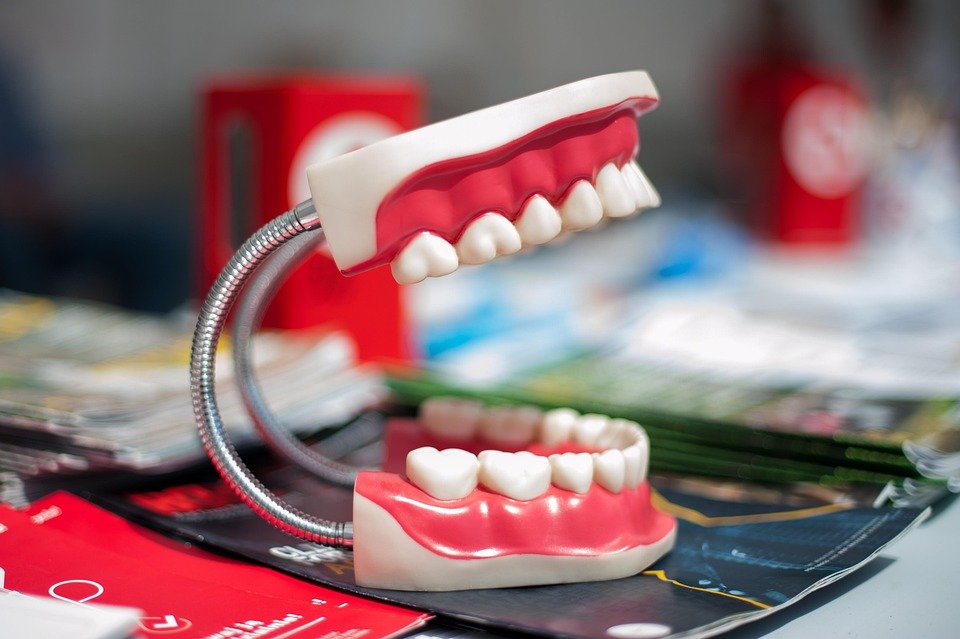What is the role of technology in current cosmetic dentistry trends
Okay, so I’m seeing a lot of stuff online about new cosmetic dentistry procedures, and it seems like everything is being done with technology these days. I’m especially interested in things like Invisalign, veneers (are those even considered technology?), and even just teeth whitening.
What I really want to know is, how much are these new cosmetic trends actually driven by technology? Is technology just making things easier for dentists, or is it opening up entirely new possibilities that weren’t possible before?
For example, I keep hearing about CAD/CAM dentistry and 3D printing. How exactly are those being used in cosmetic procedures? And what about things like digital smile design – is that purely for aesthetics, or does it actually help improve the outcome of procedures?
Basically, I’m trying to figure out how important technology is becoming in this field, and if it’s worth paying extra for treatments that utilize these advancements. I’m also curious about the future – what are some of the exciting technological advancements we can expect to see in cosmetic dentistry in the next few years? Are we talking about robot dentists anytime soon? (Okay, maybe that’s a little out there, but you get the idea!)
Answer
Technology plays a central role in driving current cosmetic dentistry trends, influencing everything from diagnosis and treatment planning to the materials used and the precision of procedures. Here’s a detailed breakdown of its impact:
1. Enhanced Diagnostics and Treatment Planning:
- Digital Imaging: Replacing traditional X-rays, digital radiography (including panoramic and cone-beam computed tomography – CBCT) offers lower radiation exposure, immediate image viewing, and enhanced image manipulation for detailed analysis. This allows dentists to identify subtle issues, assess bone structure, and plan treatments with greater accuracy.
- Intraoral Scanners: These handheld devices create highly accurate 3D digital impressions of teeth and gums, eliminating the need for messy and uncomfortable traditional impression materials. Digital impressions are used for designing crowns, veneers, aligners, and other restorations.
- 3D Facial Scanners: Capture the patient’s entire face in 3D, allowing dentists to visualize how proposed dental treatments will affect the overall facial aesthetics. This is crucial for procedures like smile makeovers and orthognathic surgery planning.
- Smile Design Software: Allows dentists to create digital mock-ups of potential smile transformations, showing patients how their teeth will look after treatment. This fosters better communication, realistic expectations, and patient involvement in the treatment planning process.
- Digital Photography: Standardized dental photography, using DSLR cameras with specialized lenses and lighting, is essential for documenting the patient’s initial condition, tracking progress during treatment, and communicating with dental labs.
2. Precise and Efficient Treatment Delivery:
- CAD/CAM (Computer-Aided Design/Computer-Aided Manufacturing): This technology allows dentists to design and fabricate restorations (crowns, veneers, inlays, onlays) chairside or in a dental lab. Digital impressions are used to create a virtual model, which is then used to design the restoration. The design is then sent to a milling machine, which precisely carves the restoration from a block of ceramic or composite material. This results in restorations that are more accurate, durable, and aesthetically pleasing.
- 3D Printing: Emerging as a powerful tool in cosmetic dentistry, 3D printing is used to create surgical guides for implant placement, models for aligner therapy, temporary restorations, and even some final restorations. It offers rapid prototyping, customization, and cost-effectiveness.
- Dental Lasers: Used for a variety of procedures, including gum contouring, teeth whitening, and treating soft tissue lesions. Lasers can offer more precise and less invasive treatment options with faster healing times.
- Computer-Guided Implant Surgery: Utilizing CBCT scans and specialized software, dentists can plan implant placement with extreme accuracy, avoiding vital structures like nerves and sinuses. Surgical guides, often 3D printed, ensure precise implant positioning during surgery.
- Digital Shade Matching: Devices that use spectrophotometry or colorimetry to objectively measure tooth shade, eliminating the subjectivity of traditional shade guides. This ensures a more accurate color match for restorations, resulting in a more natural-looking smile.
3. Advanced Materials and Techniques:
- Ceramic Materials: Advancements in dental ceramics, such as lithium disilicate and zirconia, have led to restorations that are stronger, more durable, and more aesthetically pleasing than traditional materials. CAD/CAM technology allows for the precise milling of these materials, resulting in restorations that fit perfectly and blend seamlessly with natural teeth.
- Bonding Agents: Improved bonding agents enhance the adhesion between restorations and tooth structure, leading to stronger and longer-lasting results. This is particularly important for procedures like veneers and bonding.
- Clear Aligner Therapy: Technology drives the precision and predictability of clear aligner therapy (e.g., Invisalign). Digital scans, 3D modeling, and sophisticated software are used to create a series of custom aligners that gradually shift teeth into the desired position. The process is digitally monitored for progress and accuracy.
- Teeth Whitening Technology: Advanced whitening systems use specialized lights or lasers to activate whitening agents, accelerating the whitening process and achieving more dramatic results.
4. Improved Patient Experience and Communication:
- Virtual Reality (VR) and Augmented Reality (AR): Emerging technologies are being used to educate patients about procedures, reduce anxiety, and even provide immersive distractions during treatment.
- Digital Communication Tools: Email, text messaging, and online portals facilitate communication between the dentist and patient, allowing for appointment reminders, post-operative instructions, and easy access to records.
- Online Reviews and Social Media: Patients are increasingly relying on online reviews and social media to research dentists and procedures. Dentists are using these platforms to showcase their work, educate patients, and build their online reputation.
In essence, technology has revolutionized cosmetic dentistry by enabling more precise, predictable, and aesthetically pleasing treatments. It has also improved the patient experience by reducing discomfort, shortening treatment times, and enhancing communication. The ongoing advancements in technology will continue to shape the future of cosmetic dentistry, leading to even more innovative and effective solutions for enhancing smiles and improving oral health.

Post Comment